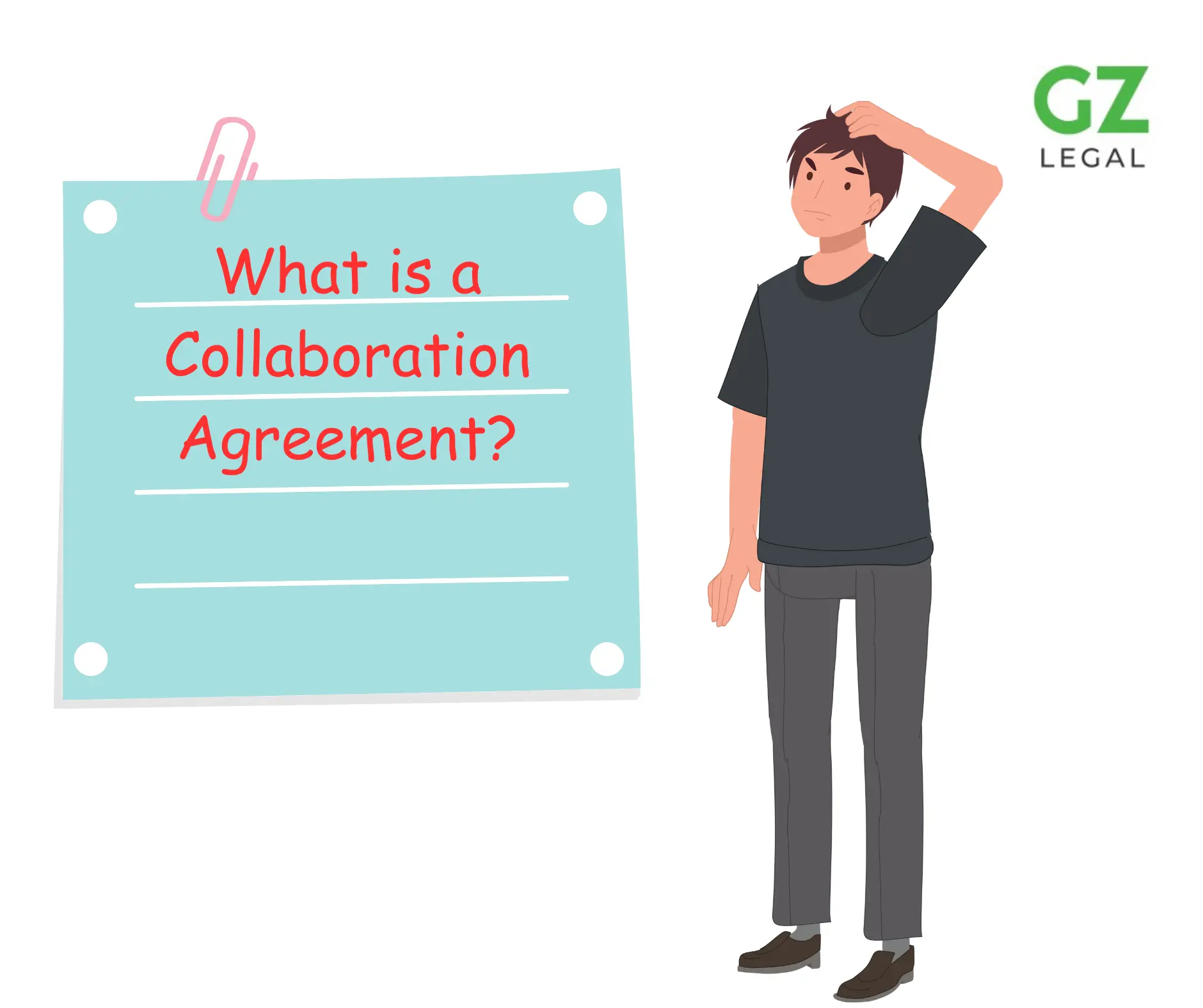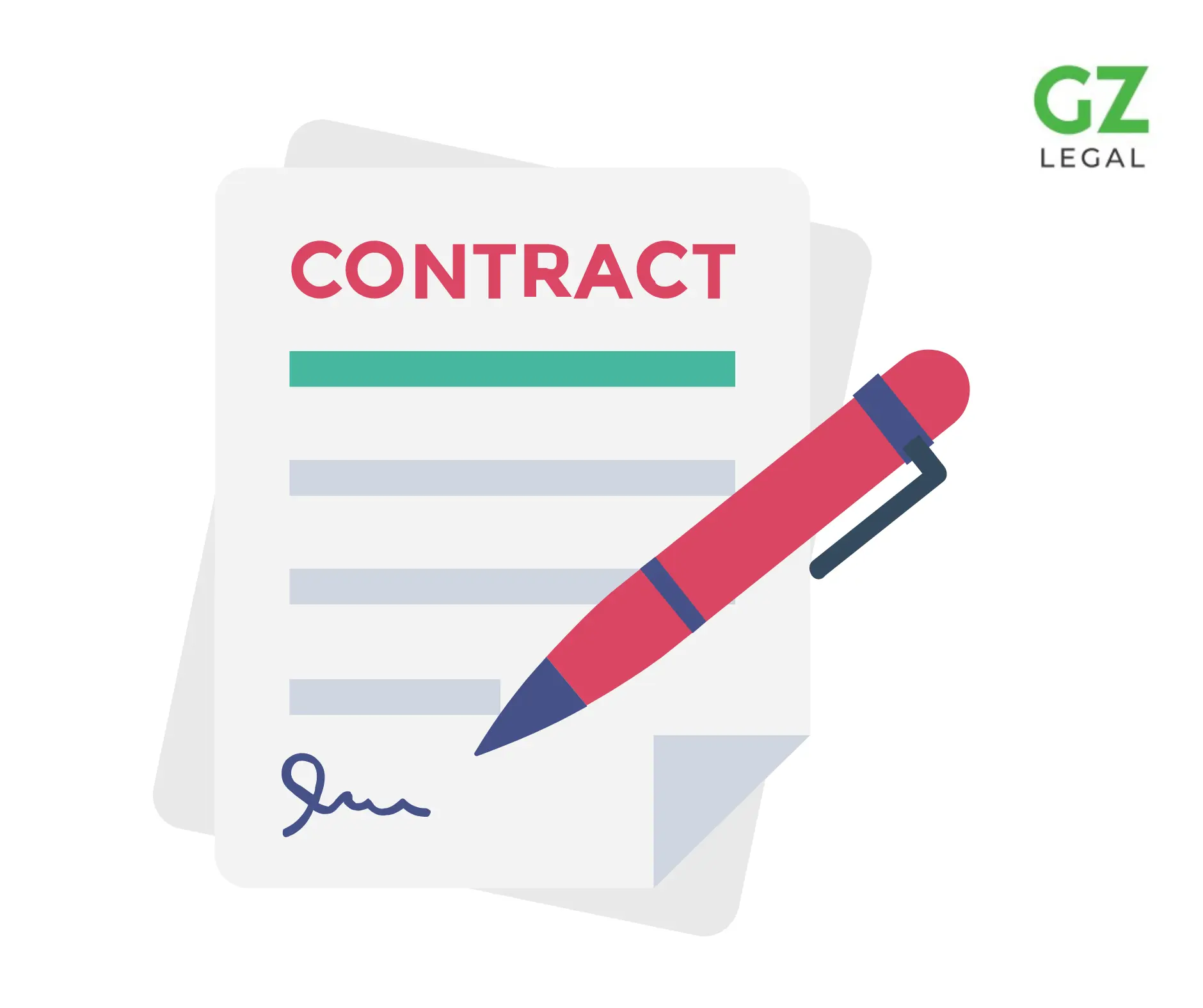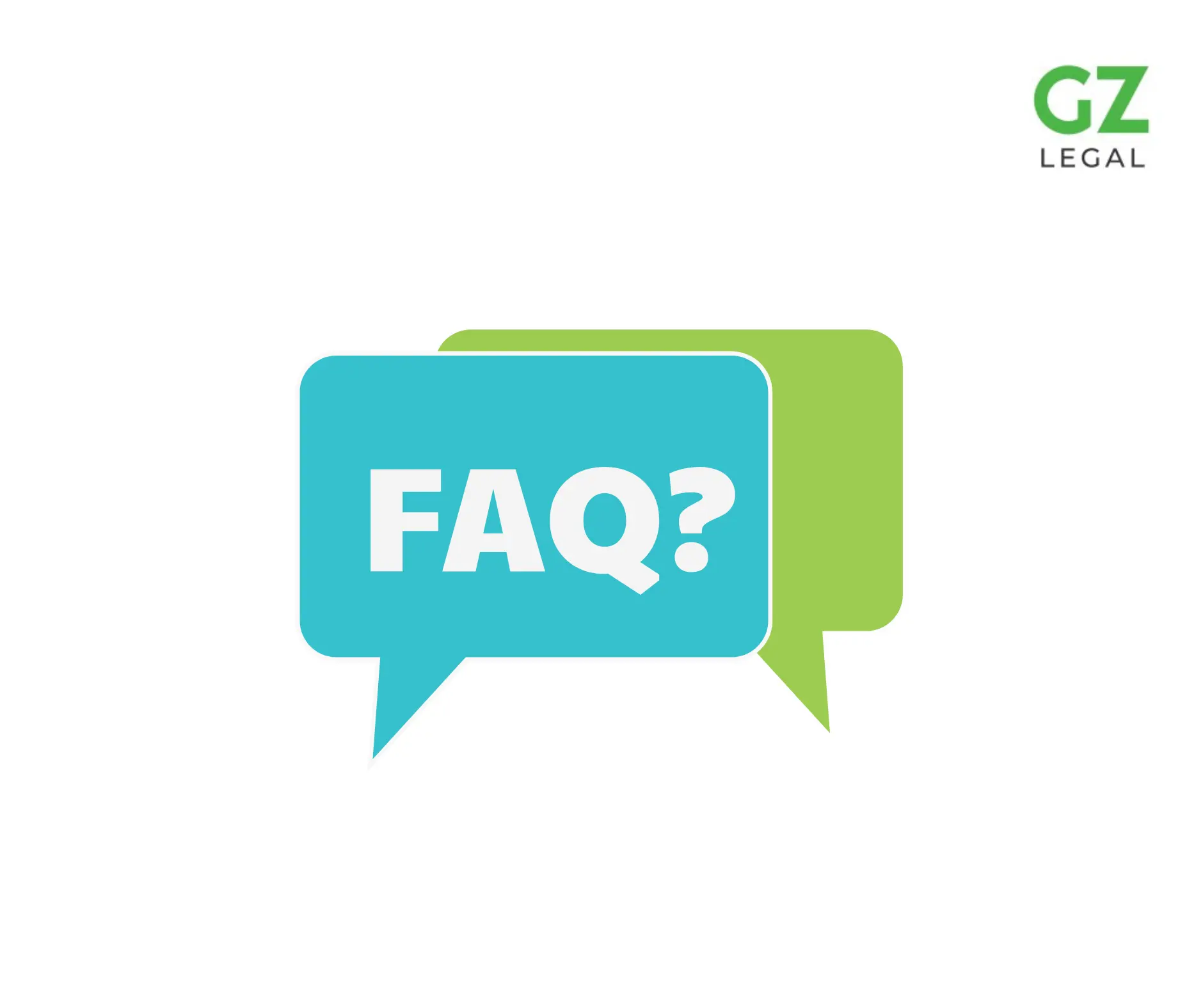Malcolm ZoppiSun Oct 15 2023
What is a Collaboration Agreement? Essential Insights Explained
A collaboration agreement legally binds parties who wish to work together on a commercial project.

A collaboration agreement is a vital tool for businesses and professionals who want to work together on a commercial project. This legally binding document outlines the terms and responsibilities of each party involved in the joint endeavour. By establishing the scope, objectives, and distinctive roles of all participants, a collaboration agreement provides a clear foundation for successful collaboration and helps to negotiate and prevent disputes among partners.
Understanding the intricacies of a collaboration agreement is crucial for ensuring a harmonious and effective project collaboration. These agreements come in different forms, such as joint venture agreements or strategic alliance agreements, depending on the nature of the partnership. They encompass various elements such as ownership and control, handling of confidential information, dispute resolution, and project management.
In order to navigate this complex yet essential tool for business collaboration, it is advised that you seek guidance from legal professionals and stay informed about the various aspects of collaboration agreements. This will not only protect your interests but also foster a constructive environment for all parties involved in the joint project.
Key Takeaways
- Collaboration agreements outline terms and responsibilities for joint ventures
- These agreements cover ownership, confidentiality, disputes, and management aspects
- Seeking legal advice and staying informed are crucial for successful collaborations
Understanding Collaboration Agreement
A collaboration agreement is a legally binding agreement between two or more parties who wish to work together on a commercial project on a collaborative or cooperative basis. It establishes the terms and conditions governing the roles, responsibilities, ownership of any intellectual property, and sharing of benefits arising from the collaboration.
When entering a collaboration agreement, you should ensure that it covers the following key aspects:
- Purpose and scope: Clearly define the objectives, scope, and goals of the collaboration to avoid misunderstandings later on.
- Roles and responsibilities: Outline each party’s roles, duties, and obligations in the collaboration. This helps in managing expectations and ensuring that every party contributes their fair share to the project.
- Intellectual property: Address the ownership, licensing, and usage of intellectual property that may be created or used during the collaboration. This is crucial to protect your rights and prevent disputes over IP.
- Confidentiality: Establish confidentiality provisions to safeguard sensitive information and trade secrets that may be shared between the collaborating parties.
- Term and termination: Specify the duration of the collaboration agreement and the conditions under which it can be terminated by either party. This allows for flexibility should circumstances change during the course of the collaboration.
- Dispute resolution: Set out a dispute resolution process to handle any disagreements or conflicts that may arise during the collaboration. This can help to resolve issues effectively and maintain a positive working relationship.
- Revenue sharing: Determine how the benefits and revenues from the collaboration will be shared among the parties. This is particularly important if the collaboration will result in a jointly created product or service.
By considering these elements and tailoring the collaboration agreement to your company and specific business needs together, you can ensure a successful joint venture that maximises the potential of your combined efforts. Remember to always consult with a legal professional to help guide you through the process and protect your interests.
Key Components of a Collaboration Agreement

Parties Involved
A collaboration agreement is a legally binding contract between parties aiming to work together on a commercial project. The first key component is clearly identifying the involved or collaborating parties with their appropriate legal names and contact information. This ensures that each party to shareholders agreement is held accountable for their respective responsibilities.
Project Focus
The agreement should outline the purpose and focus of the collaboration. This includes the goals, objectives, and any specific deliverables that will result from the partnership. It’s essential to have a clear and concise description of the intended plan and project focus to avoid misunderstandings and disagreements down the line.
Terms and Conditions
The collaboration agreement should specify the terms and conditions under which the parties will work together. This can include clauses related to commercial matters, ownership and control of intellectual property, confidentiality, non-compete and non-disclosure agreements. It’s crucial to establish a solid legal framework that protects both parties’ interests and rights.
Responsibilities and Obligations
Each party’s roles and responsibilities must be explicitly defined in the agreement. This includes the scope of work to be performed, and any specific obligations towards one party or another. Establishing a clear understanding of each party’s commitments helps to ensure that everyone is on the same page and working together effectively.
Resource Contributions
The collaboration agreement should detail the resources each party is expected to contribute to the project. This provision can include financial contributions, access to facilities, expertise, or labour. By outlining resource commitments, the parties can work together in a more effective manner and avoid potential conflicts over resources.
Schedule
Finally, the agreement should include a schedule outlining the company’ expected timeline for completing project milestones, as well as any deadlines or time-sensitive tasks. Parties should agree on a reasonable and achievable timeline and consider including clauses for dealing with delays or unforeseen circumstances that may impact the project schedule.
By carefully addressing these key components in your collaboration agreement, you can establish a strong foundation for a successful partnership. Remember to keep the language clear, concise, and neutral, and always consult with legal counsel to ensure you are fully protecting your interests and rights.
Ownership and Control in Collaboration Agreement

Intellectual Property Rights
When entering into a collaboration agreement, it’s crucial to define and protect the intellectual property rights of all involved parties. Ensure that your agreement outlines who owns the existing and newly-created intellectual property, as well as how it will be used and managed throughout the collaboration. This intellectual property created may include copyrights, patents, trademarks, and other proprietary information. By clearly specifying these rights, you can prevent potential disputes over intellectual property ownership and control in the future.
Commercial Project Control
Establishing a clear management structure for the commercial project is another vital aspect of a collaboration agreement. This includes defining the roles and responsibilities of each party, decision-making processes, and communication channels. By doing so, you can ensure smoother collaboration and more efficient project execution. It’s also essential to outline how potential conflicts will be resolved, such as through mediation or arbitration, to maintain a positive working relationship and minimise the risk of disputes affecting the project’s progress.
Ownership and Termination
One of the key elements of a collaboration agreement is determining the ownership structure of new entity for the commercial project. You need to specify if the project will be equally owned by both parties or if one party will have a majority share. Additionally, consider defining the process for adding or removing project partners and the conditions under which a partner may exit the collaboration.
Termination clauses are another crucial component of a collaboration agreement. Clearly outline the circumstances that may lead to the agreement’s termination, including breach of contract, mutual consent, or the project’s natural conclusion. Also, detail the steps to be taken if the agreement is terminated, such as the distribution of project assets, the handling of intellectual property rights, and the settlement of any outstanding financial obligations.
By addressing ownership and control of intellectual property developed in your collaboration agreement, you can establish a foundation for a successful and mutually beneficial partnership. Carefully consider the aspects of intellectual property rights, commercial project control, and ownership and termination to build an agreement that serves the best interests of all parties involved.
Handling Confidential Information

Confidentiality Clause
In a collaboration agreement, a confidentiality clause is essential to protect sensitive information that parties share during the project. This clause ensures that all involved parties keep specific details concerning the project secret, so as not to damage the partners’ business interests or compromise the project’s success. You should carefully define the scope of confidential information and establish the obligations and restrictions for each party to follow.
Non-disclosure Agreement
A non-disclosure agreement (NDA) is a separate legal document often used alongside a collaboration agreement to protect any confidential information disclosed during the collaboration. By signing an NDA, the parties involved agree not to disclose specific details to third parties or use them for personal gain or commercial litigation. It is crucial to ensure that your NDA covers all relevant information and sets out clear terms for the duration and consequences of any potential breach.
Protection of Intellectual Property
Protecting intellectual property (IP) rights is vital in a collaborative project, as it ensures that each party retains ownership and control over their creations, innovations and contributions. In the collaboration agreement, you should clearly define which IPs belong to which party and include provisions to deal with joint ownership, any licensing agreements, and any future exploitation of the IPs. It is also essential to address potential disputes and establish agreed-upon processes for resolving such issues.
Confidential Information Disclosure
No matter how well-drafted your collaboration agreement and accompanying NDA may be, there can still be instances of accidental or deliberate disclosure of confidential information. It is important to have procedures in place for managing cases of disclosure, either by self-reporting or third-party involvement. Consider implementing mechanisms for notifying concerned parties, investigating the incident and, where necessary, initiating appropriate legal action to mitigate any potential damage caused by the disclosure.
Dealing with Disputes and Liabilities

Dispute Resolution
In a collaboration agreement, it is crucial to have a clear and concise dispute resolution process. This can help prevent misunderstandings resolving conflicts or disagreements from escalating and causing significant harm to the business relationship. To establish an effective dispute resolution process, you should:
- Identify potential disputes: Anticipate the possible issues that may arise during the course of the collaboration and address them in the agreement.
- Establish a tiered approach: Implement a step-by-step process for resolving disputes that may involve negotiation, mediation, and ultimately, arbitration or litigation.
- Specify timelines: Outline a timeline for each step of the resolution process to encourage prompt resolution and minimise disruption to the project.
Contractual Liabilities
A collaboration license agreement should clearly define the liabilities of each party to avoid confusion and mitigate risks. To address contractual liabilities, consider the following:
- Define obligations: Clearly outline each party’s responsibilities and obligations in the agreement.
- Establish indemnification clauses: Protect all parties against any third-party claims arising from the collaboration.
- Limit liability: Set reasonable liability caps to protect against excessive loss in case of contractual breach or other failures.
Insurance Requirements
Including insurance requirements in a collaboration agreement helps companies further manage risks and protect all parties involved. Here are some steps to consider when addressing insurance in a collaboration agreement:
- Identify insurance needs: Determine the types of insurance required for the specific collaboration project (e.g., professional liability, general liability, etc.).
- Establish coverage levels: Agree on the appropriate levels of coverage each party must maintain and ensure these are specified in the agreement.
- Provide evidence of insurance: Require that each party provide proof of insurance to confirm compliance with the agreement’s requirements.
By addressing key issues of dispute resolution, liabilities, and insurance in your collaboration agreement, you can create a solid foundation for a successful partnership and protect your business interests in case of unexpected challenges.
Types of Collaboration Agreements

Joint Venture
A a joint venture agreement occurs when two or more businesses form a separate legal entity to undertake a specific project or business activity. In this arrangement, all parties contribute resources, such as finances, expertise, or assets, and an equal share of the risks, profits, and management responsibilities. Joint ventures allow businesses to combine their strengths and expertise for the benefit of the partnership.
Research Collaboration Agreements
Research collaboration agreements, also known as R&D agreements, are arrangements between parties, typically universities, research institutions, and businesses, who agree to collaborate on a specific research project. These agreements define each party’s responsibilities, the ownership and sharing of intellectual property rights, and the management of the project. Research collaboration agreements provide a framework for sharing knowledge, resources, and expertise to advance scientific discovery and innovation.
Contractual Joint Venture
A contractual joint venture is an example of a collaboration where the parties involved work together on a commercial project without creating a separate legal entity. It is typically governed by a legally binding agreement that outlines the terms and conditions of their cooperation, such as the distribution of profits, management responsibilities, and project scope. Contractual collaborations or joint ventures offer flexibility to businesses, as they can be customised to suit the parties’ specific needs and preferences.
Collaborative Agreement
A collaborative agreement, also known as a co-operation agreement, refers to a legally binding arrangement between two or more parties to work together on a commercial project on a collaborative or cooperative basis. In this type of agreement, each party retains its legal identity and rights while sharing resources, expertise, and responsibilities. Collaborative agreements provide a platform for businesses to work together towards a mutual goal while maintaining their respective business interests.
Guidance and Legal Consultation

When entering a collaboration agreement, it is crucial to seek guidance and legal consultation from qualified professionals. Collaborative agreements involve multiple parties working together on a commercial project, and ensuring that the terms and conditions are fair and accurately represent your interests is essential. Engaging with lawyers who have experience in drafting and reviewing these commercial agreements will help protect you and your organisation.
In the initial stages of forming a collaboration agreement, it is worthwhile to have a consultation with a legal expert. This can help to identify potential legal, contractual, and regulatory issues and provide clarity on technicalities. Experts can guide you in understanding the essential elements of a collaboration agreement, such as ownership of intellectual property, allocation of responsibilities, and how the benefits of the project will be shared.
By obtaining legal advice, you can also mitigate potential risks and disputes that may arise during the course of the collaboration. Lawyers can help you draft specific clauses tailored to your needs and requirements, ensuring that the agreement is comprehensive and protects all parties involved.
Moreover, there may be the need to modify the collaboration agreement as the project evolves, or if unforeseen circumstances arise. Legal consultation can facilitate changes and amendments to the initial collaboration agreement drafted, helping you navigate complex situations with ease.
In summary, seeking guidance and legal consultation when entering into a collaboration or co-operation agreement with other party is a vital aspect of ensuring a successful and compliant partnership. Experienced lawyers can provide valuable advice and support, helping you to create a robust agreement that aligns other parties with your objectives and safeguards your interests.
Project Management and Reporting

In a collaboration agreement, it is essential to establish a clear project management and reporting structure to ensure smooth operations and communication between parties. This includes defining roles specific tasks and responsibilities, setting up a reporting system, and determining the frequency of updates and checkpoints.
Firstly, designate a project manager from each party involved in the collaboration. These individuals will be responsible for coordinating tasks, monitoring progress, and facilitating communication between teams. Making these roles clear from the onset helps eliminate confusion and set expectations for collaboration.
Next, establish a reporting system and schedule for the collaboration. This may involve preparing progress reports and conducting meetings at regular intervals. By maintaining a consistent reporting schedule, you can efficiently ensure all parties are in the loop and address potential problems in a timely manner.
By incorporating these aspects of project management and reporting in your collaboration agreement, you can lay the groundwork for a successful partnership. Remember, consistent communication and transparency are key factors in creating a strong, trust-based working relationship.
Frequently Asked Questions

What are the key components of a Collaboration Agreement?
A Collaboration Agreement typically includes the following key components: the purpose of the the collaboration project, the roles and responsibilities of the parties involved, the division of profits and losses, the timeline and duration of the project, the confidentiality and intellectual property clauses, and the dispute resolution mechanism. It is essential to clearly outline these elements in the agreement to ensure a smooth collaboration and protect the interests of all parties involved.
How does a Collaboration Agreement differ from a Partnership Agreement?
A Collaboration Agreement is an arrangement where two or more parties agree to work together on a specific project or for a limited time. In contrast, a Partnership Agreement refers to an ongoing business relationship where parties share both profits and losses proportionally to their contribution. While both agreements involve cooperation, a Collaboration Agreement usually has a more limited scope and duration compared to a Partnership Agreement.
What makes a Collaboration Agreement legally binding?
For a Collaboration Agreement to be legally binding, it must fulfil the following requirements: it must be agreed upon by all parties involved, there must be a clear offer and acceptance, there must be a mutual exchange of value (known as consideration), the parties must have the capacity to enter into a contract, and the agreement must comply with the applicable laws and regulations. Once these conditions are met, the agreement becomes enforceable in a court of law.
Find out more!
If you want to read more in this subject area, you might find some of our other blogs interesting:
- Step-by-Step Guide on How to Transfer Shares to a Holding Company
- Breach of Settlement Agreement: Consequences and Remedies Explained
- Who Gets the Money When a Company is Sold?
- What is a Counter Offer in Contract Law? Explained Simply and Clearly
- Understanding the Costs: How Much Do Injunctions Cost in the UK?
Disclaimer: This document has been prepared for informational purposes only and should not be construed as legal or financial advice. You should always seek independent professional advice and not rely on the content of this document as every individual circumstance is unique. Additionally, this document is not intended to prejudge the legal, financial or tax position of any person.